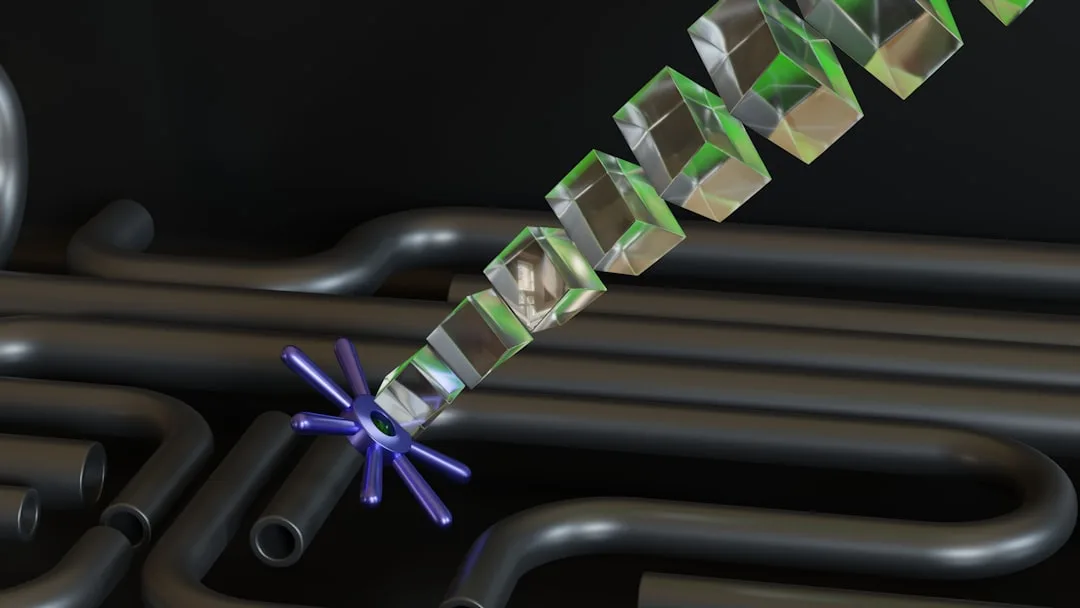
Newsletter Subscribe
Enter your email address below and subscribe to our newsletter

Enter your email address below and subscribe to our newsletter

Boost DevOps Efficiency with AI-Driven Automation
As DevOps practices continue to evolve, the integration of AI-driven automation is becoming a pivotal trend. The traditional model of DevOps, which emphasizes manual oversight and intervention, is increasingly seen as unsustainable in the face of massive scale and complexity. The pain point here is clear: DevOps teams are often overwhelmed with routine tasks, system monitoring, and incident management, leaving little room for strategic improvements and innovation.
A 2023 survey by industry analysts highlighted that over 70% of DevOps teams experience significant delays due to manual error detection and remediation processes. This operational inefficiency not only increases the risk of downtime but also hampers the teams’ ability to deliver features and improvements rapidly. In this context, AI-driven automation emerges as a transformative solution, promising to alleviate these burdens while enhancing overall system resilience and performance.
GitHub Actions provides an excellent starting point for integrating AI-driven automation into your CI/CD pipeline. With the introduction of machine learning models that can analyze historical data from your repositories, GitHub Actions can predict potential conflicts or failures in your deployment processes. This proactive approach allows developers to address issues before they manifest in production environments.
Example Use Case:
Suppose your team frequently encounters merge conflicts in production that are not detected during the development phase. By employing machine learning algorithms within GitHub Actions, you can analyze past conflicts and predict similar occurrences in future commits. This predictive capability enables preemptive conflict resolution, reducing deployment delays and enhancing code quality.
Terraform has long been a staple in infrastructure as code (IaC) practices. However, when paired with AI-driven management tools, it becomes even more powerful. AI can optimize resource allocation by predicting demand spikes and automatically scaling infrastructure accordingly. This not only ensures high availability but also optimizes cost management by preventing over-provisioning.
Terraform Configuration Example:
provider "aws" {
region = "us-west-2"
}
resource "aws_instance" "example" {
ami = "ami-0c55b159cbfafe1f0"
instance_type = "t2.micro"
lifecycle {
create_before_destroy = true
}
# AI-Driven Resource Optimization
tags = {
Name = "example-instance"
AI_Optimized = "true"
}
}
ArgoCD is a declarative, GitOps continuous delivery tool for Kubernetes. By integrating AI, ArgoCD can enhance deployment strategies by predicting the best times for deployment based on historical performance data and current system load. This minimizes the risk of downtime and ensures optimal resource utilization.
Diagram Insight:
This diagram illustrates how AI-driven insights can be integrated into a CI/CD pipeline using tools like ArgoCD. By continuously analyzing system metrics, AI models can recommend the optimal deployment windows, reducing the likelihood of performance degradation.
The next wave in DevOps is likely to be the increased adoption of AI-driven automation across all stages of the software development lifecycle. While some have touted “NoOps” as the future, the reality is that NoOps oversimplifies the complexity and nuance involved in managing modern infrastructure. Instead of eliminating operations, AI will augment it, enabling DevOps teams to focus on strategic initiatives rather than routine maintenance.
To further enhance your DevOps practices, explore our IaC tutorial to get hands-on experience with Terraform and AI-driven infrastructure management. Additionally, download our CI/CD cheat sheet for quick reference on optimizing your deployment pipelines.
By embracing AI-driven automation, DevOps teams can significantly boost efficiency, reduce errors, and accelerate delivery, positioning themselves at the forefront of technological innovation.